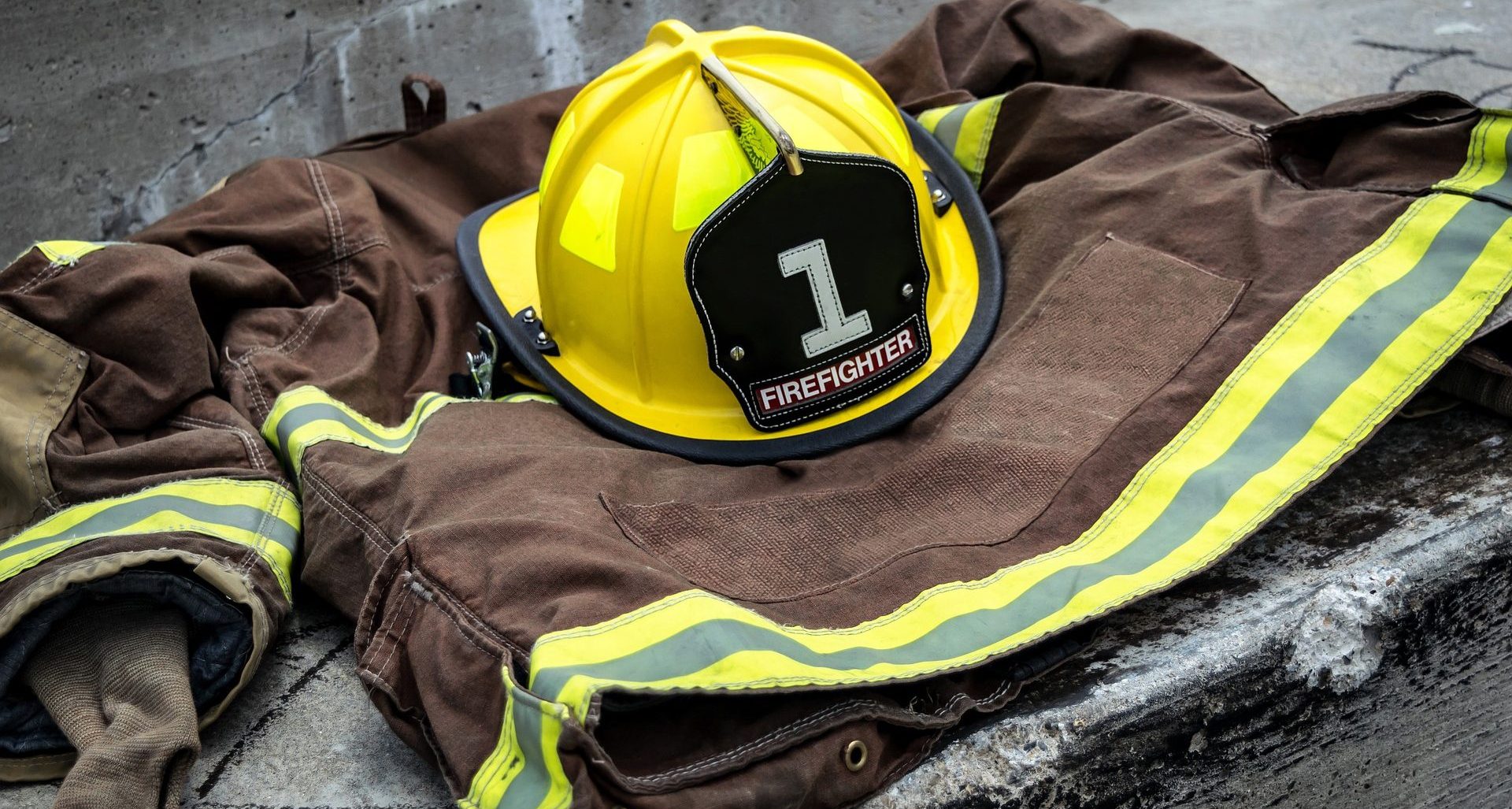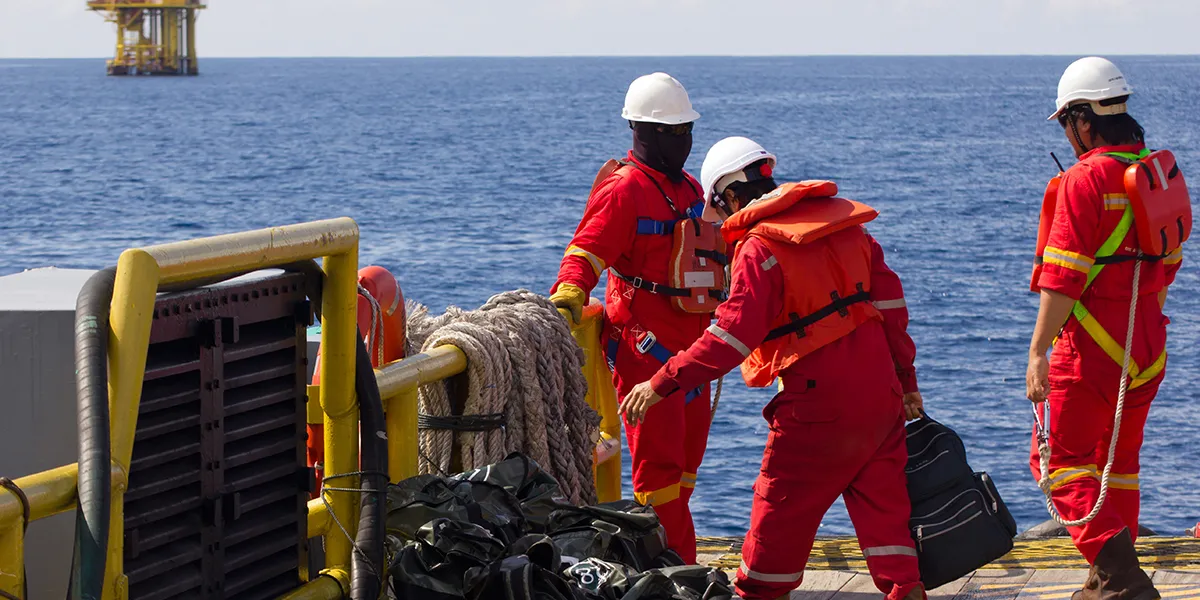Three Ways To Protect Your Fire Crews From Heat Stress This Summer

With wildfire season around the corner, firefighters all over the world are bracing themselves for another year of unnerving events. Only last year, a news report in The Guardian showed the effects of wildfires on firefighters, with some being so dehydrated they suffered severe headaches for two days post-duty. The rising climate temperatures are even feared by firefighters – a reality that’s only going to grow as we approach another summer of record temperatures.
But there are measures you can put in place to protect your fire crews. Here are three ways you can get a head start before wildfire season.
2. Ensure crews remove their kit at rest
3. Invest in a CBT monitoring solution
How Bodytrak helps protect fire crews
1. Hit home about hydration
One of the most essential methods of protection against heat stress for firefighters at work is, undeniably, hydration. Fire Brigades Union (FBU) in the UK explains that firefighters need to hydrate more than the average person because their bodies can expect to lose more than the standard two litres of sweat when working in heat-intensive blazes. Just 45 minutes of exposure to extreme heat can cause a firefighter to lose a further litre of water.
The answer to this one is simple – fire crews must be encouraged to drink more water. The amount they drink should replace 150% of the water lost, equating to 1.5 litres for every 45 minutes on a shift in heat.
2. Ensure crews remove their kit at rest
A study found that the combination of long durations of work and wearing PPE during rest correlates with the occurrence and frequency of heat stress symptoms. CDC also reports that by reducing the physical workload per firefighter and encouraging more frequent and longer breaks, firefighters’ excess internal heat will dissipate better.
Firefighters should be encouraged to remove their helmets and gloves upon rest when it’s safe to do so to limit any risk of heat stress. Removing PPE is important because it inhibits the evaporation of sweat which prevents sufficient cooling of core body temperature (CBT). However, while it’s been found that removing PPE certainly helps to prevent heat stress in firefighters, you shouldn’t solely rely on this strategy without another form of protection for your crews.
3. Invest in a CBT monitoring solution
With the global annual average temperatures rising over the last 150 years and extreme weather events increasing rapidly, it’s becoming clear that fire services require specialist technology for their crews to safely tackle bigger blazes.
Wearable technology adds considerable insight into the health, safety and welfare of users exposed to heat. In fact, consumer wearable technology has advanced massively in recent years to provide early warning of health problems. Fitbit has just this month received approval for a new algorithm that can detect signs of an irregular heartbeat, which is certainly a step in the right direction for general day-to-day analysis. However, wrist-worn devices for fire services simply aren’t fit for purpose when it comes to measuring CBT levels. Even chest-worn devices and smart clothing lack accuracy because the monitoring is done via the skin, with no natural orifices in the chest, arm or leg regions.
When monitoring CBT, the deeper into the skin the better as this makes the accuracy higher, reduces false positive alerts and allows you to successfully monitor your crews. Firefighters require fit-for-purpose, ruggedized solutions for active monitoring of multiple risk factors. This includes heat stress/stroke, fatigue, hyper/hypothermia, psychological stress, concussion impact, and fitness for deployment, all in real-time, accurately and across multiple easily identifiable users. With this in mind, it’s important to find a solution that ticks all the boxes for your crews
How Bodytrak helps protect fire crews
Bodytrak is an early-stage company fueled by data science with a solution that’s designed to keep firefighters safe at work. We protect crews from incidents caused by heat stress and fatigue with a platform-based solution, physiological data capture and proactive alerts through in-ear sensors. Bodytrak also prevents hearing damage and provides a warning if a worker falls, as soon as it happens. Our solution has the power to keep fire services across the globe running safely this wildfire season, ensuring entire workforces are safe while maintaining productivity and avoiding burnout.
Want more information on protecting your fire crews from heat stress this wildfire season? Speak to our team today.




